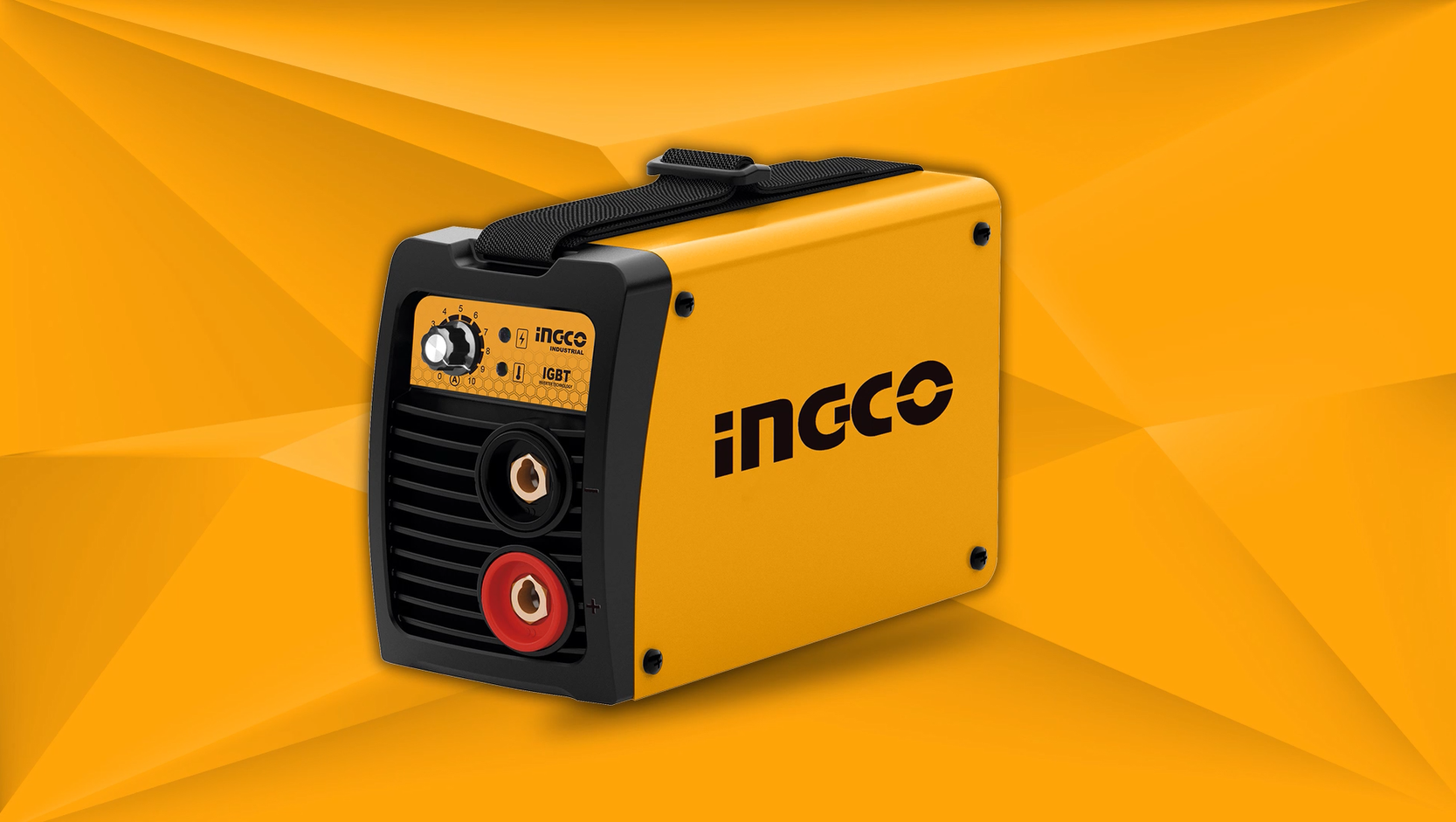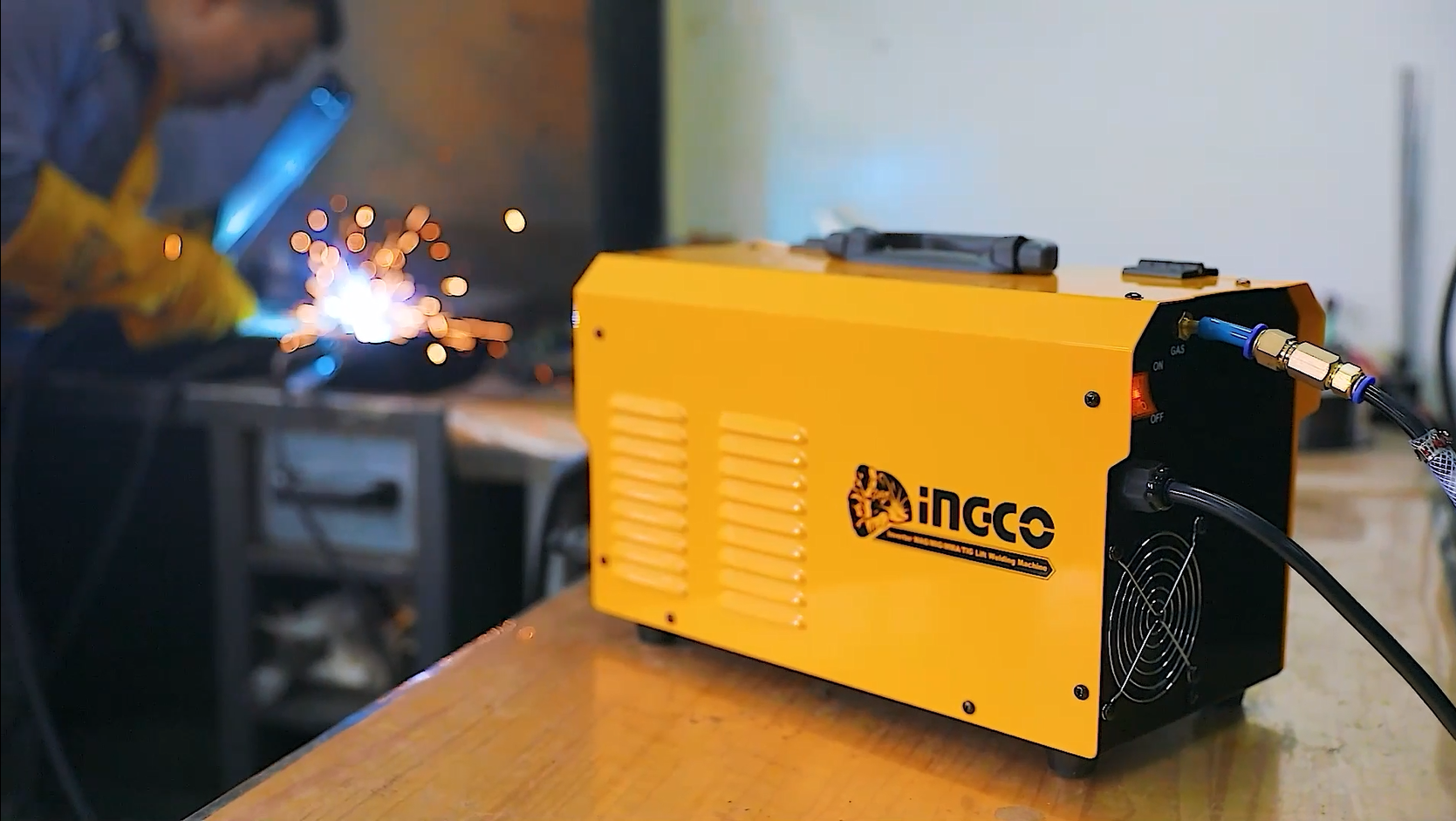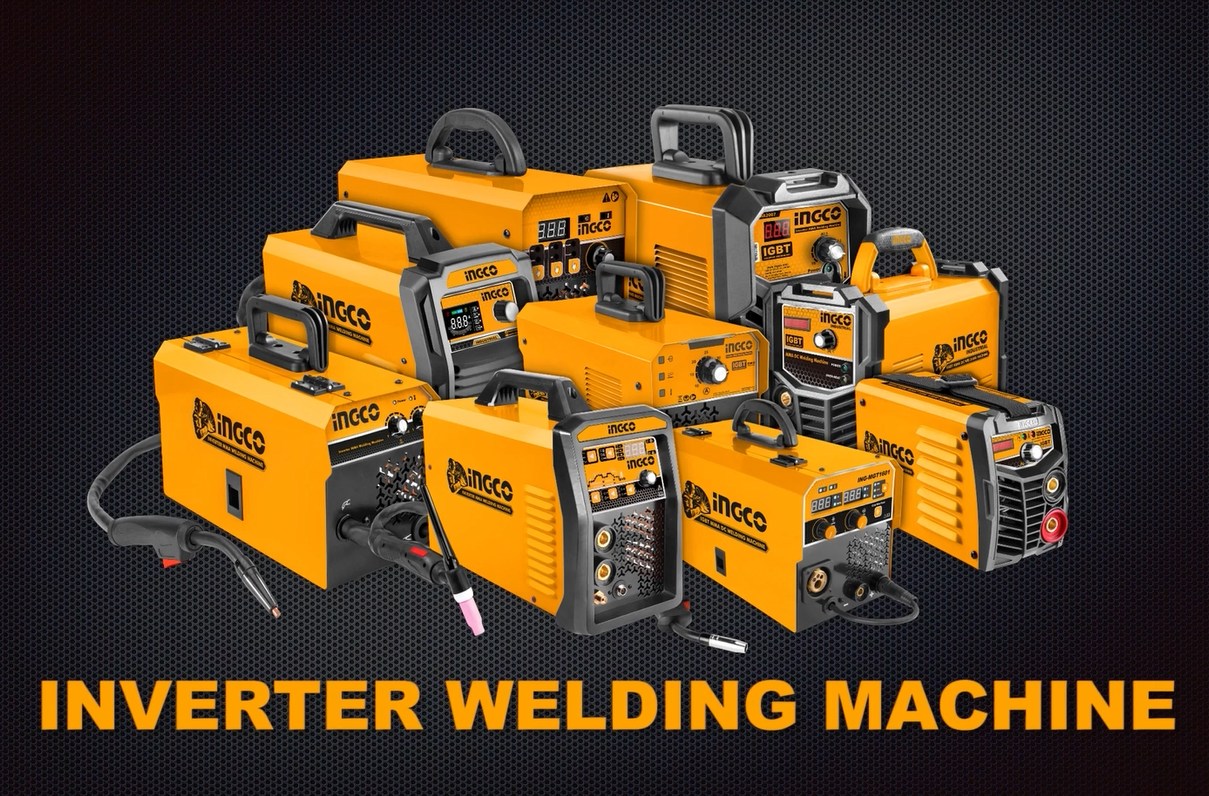A Comprehensive Guide on How Welding Machine Works
You might be new to welding and unsure how the process works. If you're just starting or looking to learn more about how welding machine works, this guide is for you. We will cover the basics of how welding machines work, the different types available, and what each type is used for. We’ll also give you tips on choosing the right machine for your needs. By the end, you'll understand how welding machines operate and be ready to start your own welding projects with confidence.

What Is a Welding Machine?
A welding machine is a device that generates heat to melt and join metallic materials. It specifically uses thermal energy to fuse the metals, creating strong, durable bonds. Welding machines are indispensable in industries like construction, automotive, and manufacturing, where precise and robust metalwork is required.
How Does a Welding Machine Work?
Welding machines use electricity to create an electric arc between an electrode and the metal being welded. Here are several key components of welding machine and how they work:
- Power Source: Supplies the electrical energy needed to create the arc. This can be either AC or DC, depending on the type of metal and welding process.
- Electrode: The material that conducts the current and melts to form the weld. Electrodes can be consumable, like in stick welding, or non-consumable, like in TIG welding.
- Ground Clamp: Connects the welding machine to the workpiece to complete the electrical circuit.
- Welding Gun or Torch: Directs the electrode to the welding area and often includes a mechanism to feed the electrode continuously in processes like MIG welding.
What Types of Welding Machines Are There?
If you're asking how many types of welding machines there are, well there are several, and each type is designed for specific tasks and materials.
MIG Welding Machine
A continuously supplied wire electrode and shielding gas are used in MIG (Metal Inert Gas) welding to produce strong, clear welds. The workpiece and wire electrode are heated to create an electric arc during the operation, which melts the materials and creates a pool of weld. If you’re asking how many watts a welding machine uses, mid-range MIG welders usually offer 200 to 300 amps, resulting in a wattage range of about 4,000 to 8,000 watts. MIG welding machines are popularly used in automotive repair, construction, and home projects. They are particularly good for welding thin metals like aluminum.
TIG Welding Machine
TIG welding machines offer high-quality welds on a range of metals, such as stainless steel, aluminum, and other alloys. This uses a non-consumable tungsten electrode and shield the weld area with an inert gas, typically argon or helium, to protect against atmospheric contamination.
These welding machines come in both AC and DC configurations, providing precise control over the welding process. TIG welding is widely used in aerospace, art projects, and precision welding tasks due to its accuracy and clean results.
Stick Welding Machine (SMAW)
A stick welding machine, or shielded metal arc welding (SMAW) machine, operates using an absorbable electrode coated with flux. During stick welding process, an electric arc forms between the electrode and the workpiece, causing both the metal and the flux coating to melt. These machines include a power source and a stinger, which holds the electrode.
Stick welding is commonly used in outdoor construction, pipeline welding, and farm equipment repair. These machines are ideal for working in windy conditions and welding thicker metals.
Flux-Cored Arc Welding Machine (FCAW)
Flux-Cored Arc Welding (FCAW) is known for providing high deposition rates and uses a constantly fed consumable tubular electrode containing flux. FCAW is particularly suitable for welding thick materials, as it can penetrate deeply and deliver strong welds.
FCAW is generally used in heavy equipment repair, shipbuilding, and structural steel welding. It offers high welding speeds and performs well on dirty or rusty materials.

Laser Welding Machine
A flux-filled tubular electrode is used in the semi-automated or automatic welding method known as flux-cored arc welding (FCAW). A power supply with a constant voltage or current can be used for the procedure.
FCAW is generally used in heavy equipment repair, shipbuilding, and structural steel welding. It offers high welding speeds and performs well on dirty or rusty materials.
What Factors Should Be Considered When Choosing a Welding Machine?
Power Source and Portability
The power source of a welder—whether it's AC, DC, or both—affects the materials you can weld and the quality of the welds. AC power is commonly used for aluminum welding, while DC power is better for steel and stainless steel. If your work requires mobility, opt for a lightweight and compact welder that's easy to transport without sacrificing performance. This way, you can move between job sites effortlessly.
Price
If you are wondering how much does a welding machine cost, the price can vary widely based on several factors. The price you pay will depend on the machine’s features, capabilities, and intended use. Consider the long-term costs, such as maintenance and consumables, and balance these with your project needs.
Brand Reputation
Investing in a reliable machine from a trusted manufacturer can improve performance and last longer. A good brand typically offers better value and durability, making your investment worthwhile.

For example, INGCO is known for making high-quality and diverse welding machines that are both efficient and designed with user comfort in mind. The devices include a wide range of rated currents, from 130A to 630A. This adaptability meets the needs of both heavy-duty and light-duty welding projects. The emphasis on ease of use, effectiveness, and low maintenance has helped INGCO establish a solid name in the industry.
Conclusion
Learning how welding machine works can be overwhelming, especially with the many types available. I recommend starting by filtering your needs, such as determining the materials you'll work with and the thickness of the metals, to narrow down your options. During application, always remember to maintain your machine well and follow safety precautions for the best performance and safety.
FAQs
How are welding machines rated?
Welding machines are rated based on their output power, duty cycle, and compatibility with different welding processes. The duty cycle indicates how long the machine can operate continuously before needing a break. Higher duty cycles are suitable for industrial applications.
How to maintain a welding machine?
Regular maintenance involves cleaning the machine, checking and replacing worn parts, and ensuring proper ventilation. Follow the manufacturer's guidelines for specific maintenance tasks and intervals to prolong the machine's lifespan and performance.
